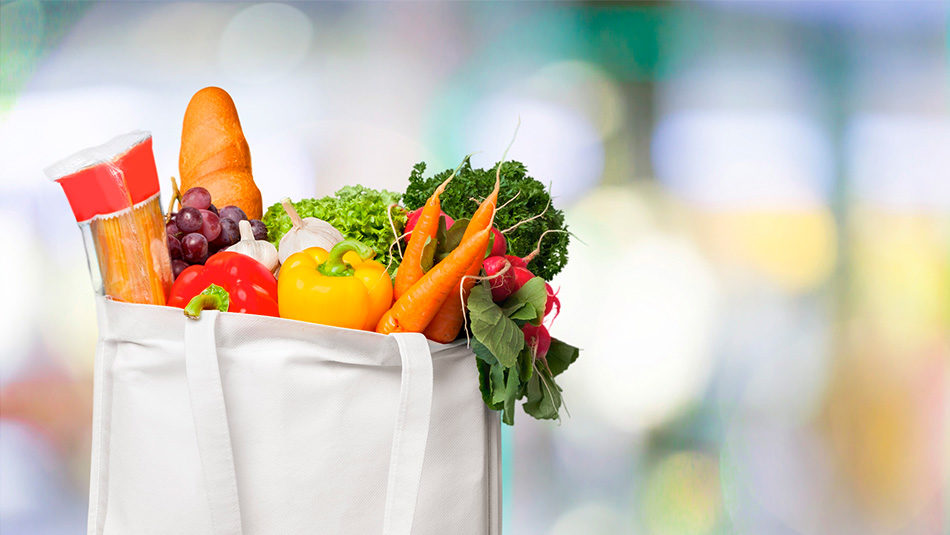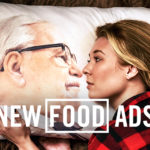
5 Food Retailer Forecasts for 2019
Have you ever waited in line at Starbucks for your order to be ready, then watched someone waltz in the door and go straight to the pick-up counter, where their drink was ready waiting for them? After I had this happen a few times I asked my daughter (a serious Starbucks fan, she’s on a first name basis with all the baristas at our local caffeine dispensary) what was going on. After the obligatory eye-roll, she showed me the app which allows you to place your order ahead of time and have it waiting for you when you walk in.
Of course, I immediately signed up and now feel special every time I go to Starbucks. The interesting part about the app, however, is not the part that makes it extremely convenient for the customer, but an additional benefit to Starbucks that leads to my first food retailer prediction.
#1 Food Retailers of all Stripes Will Add Apps that Provide Consumer Convenience and a Hidden Benefit to the Retailer.
The Starbucks app lets you load money on to a ‘card’ on your phone, which then deducts the cost of the order automatically. You can even set it to add funds automatically when the balance gets low. All very convenient for the customer. But what is the hidden benefit to the retailer? Think about it this way. If you paid for your morning latte and double-smoked bacon sandwich (if you haven’t tried it you should, but be warned, they are seriously addictive) every day the old-fashioned way with your credit card, the credit card company takes a fee before crediting the transaction to Starbucks. But if you load, say, $50 on to your Starbucks app, the credit card company only gets one fee and Starbucks collects the rest of the money for the four or five breakfasts you buy on the app.
Starbucks just made life easier for their customers AND improved their margins. It may only be a few cents per transaction, but with millions of transactions a year, Starbucks just captured some serious revenue back from the banks. I was at 7-Eleven the other day and there was a sign at the cash register saying “Beer Delivered” and inviting me to sign up for their app, so it looks like they are on board already. Who’s next?
 #2 A Lot of People Will Still Go to the Supermarket to Get Their Groceries, Even if it is Just to Pick Them Up.
#2 A Lot of People Will Still Go to the Supermarket to Get Their Groceries, Even if it is Just to Pick Them Up.
A recent survey by Retail Feedback Group found that Walmart has surpassed Amazon in online grocery shopping. The main reason for this, they reported, is that Walmart shoppers like the convenience of ordering online and then picking up their groceries at the store. This option is available at 2000 Walmart locations currently, and will grow to 3000 by the end of 2019. In fact, Walmart is testing pickup-only stores, facilities with no traditional store connected to them. This offers Walmart a much lower cost option (since far fewer employees are needed) to give them coverage in areas that may not profitably support a full-service store.
#3 CPG Companies Will Increasingly Tie Their Digital Ad Spend to Actual Sales.
Since the beginning of time, advertisers have wanted a way to verify their marketing spending led directly to increased sales. Now they can. Through smartphone apps, mobile technology companies like Ibotta and Triad are allowing users to earn cash back or other rewards on in-store and mobile purchases with receipt and/or purchase verification. These companies are closing the loop by connecting with retailers and Nielsen to confirm sales at the UPC level.
CPG advertisers can deliver ads to user’s smartphones and receive confirmation of a consumer’s purchase after seeing the ad. Kroger recently spun off YOU Technology, their digital coupon and rebate publishing unit to Inmar. YouTech will continue delivery of digital offer management services to Kroger, but the new agreement allows them to form relationships with other food retailers, too.
 #4 Independents and ‘Independent Look-Alikes’ Will Thrive by Offering What the Big-Boys Can’t.
#4 Independents and ‘Independent Look-Alikes’ Will Thrive by Offering What the Big-Boys Can’t.
Dick Spezzano (who basically reinvented the produce business in the US) once pointed out to me that you can’t cherry pick the best produce if you’re buying the whole crop. As the big chains get bigger, buying up banner after banner, it is simply impossible for them to continue to be as selective when they are purchasing produce…they need too much of it to fill all their stores. Independents, on the other hand, can differentiate by sourcing only the best produce. They can also set themselves apart by emphasizing local sourcing and transparency that large chains can’t emulate. These are important attributes to the Gen Z and Millennial targets who are entering life stages where they are or will soon become the primary shoppers in their households.
Bigger chains are getting in to the act with quirky banners that appear to be independent-like. In Houston, HEB just opened their ninth Joe V’s Smart Shop, billed as offering ‘healthy food choices at affordable prices 15-20% lower than the competition’, and focusing on fresh produce, fresh-cut meats, baked goods, and organic selections.
 #5 Amazon Will Continue to Find the Learning Curve in Grocery Steep, Despite Buying Whole Foods.
#5 Amazon Will Continue to Find the Learning Curve in Grocery Steep, Despite Buying Whole Foods.
Seeking Alpha recently reported that the number of Amazon Prime members who shop for groceries at least once a month has dropped year over year despite the Whole Foods acquisition and Prime Now expansion. Supermarket chains have responded to the Amazon challenge quickly. Many food retailers are experimenting with different models, even trying delivery via self-driving cars. The ‘order online, pick up in store’ option seems particularly popular with consumers.
Research firm Brick Meets Click finds that Amazon grocery shoppers spend an average of $74 per month compared to the $200 per month for those using grocery delivery services like Instacart, which pick-up from physical retailers.
How Will Your Food Brand Stay Competitive in 2019?
As we head into 2019, it will be another challenging year in the supermarket industry, with change happening at an increasing pace. Consumers want their chosen food brands when they want them, the way they want them, and expect them to be where they want to purchase them. They aren’t interested in compromising any of these demands, and the food marketer and retailer who finds a way to offer products that deliver will thrive (but doing it profitably is the tricky part).





